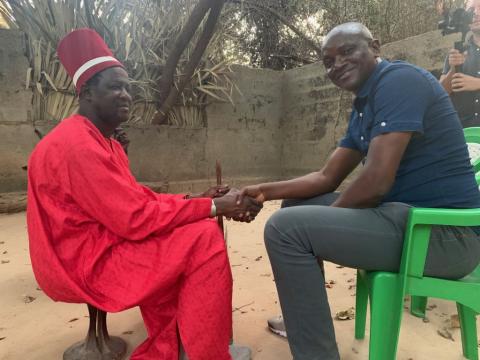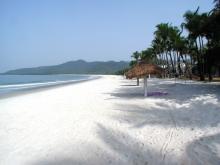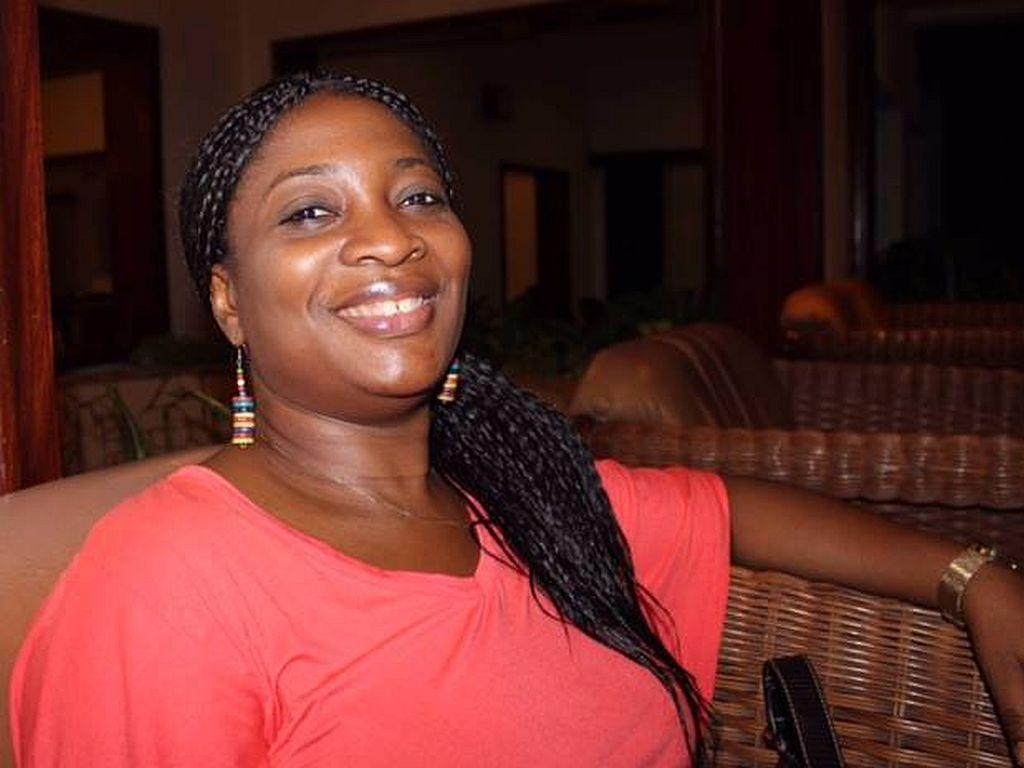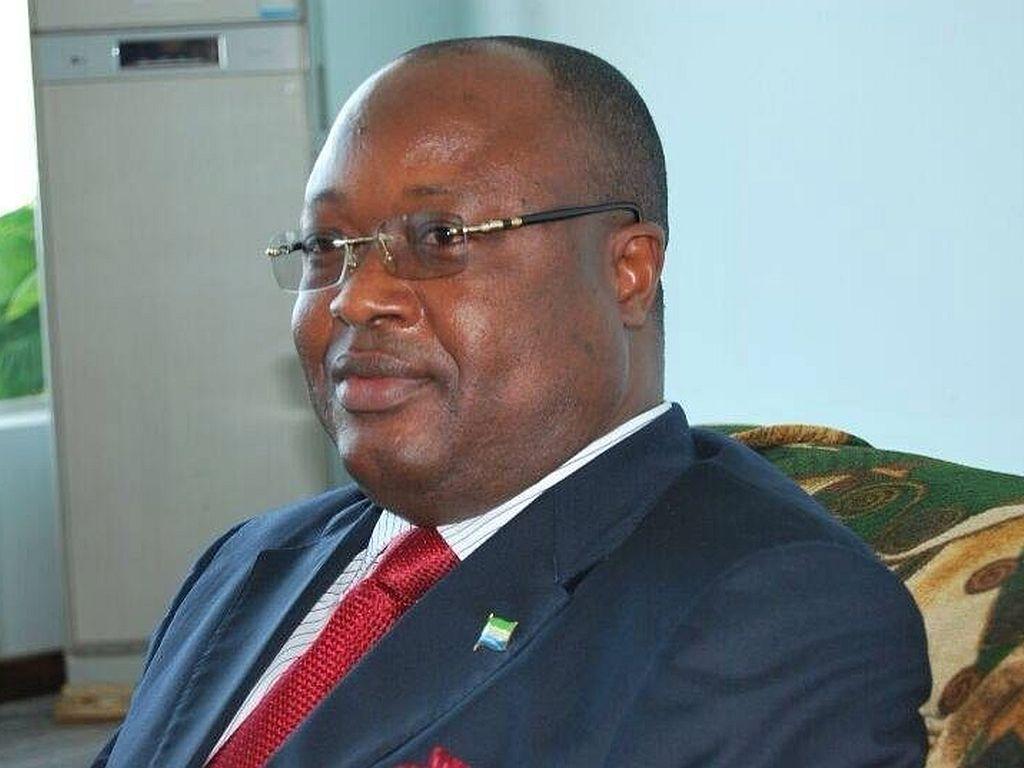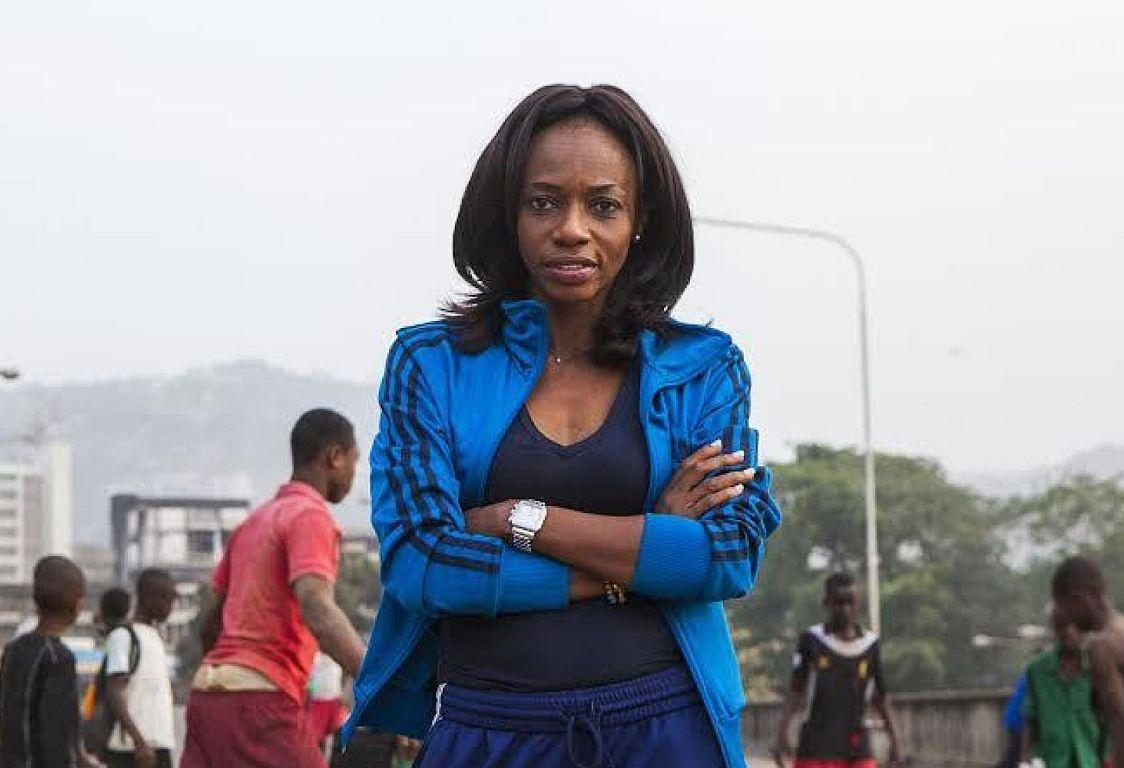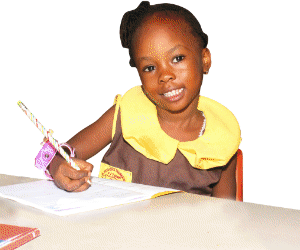By Umaru Fofana
From the Sacred Forest they emerged. The King’s Council of Elders and some young men. Some of them had their faces painted. Some dressed as women. One of them stood out the most – he looked like a pregnant woman, thanks to a calabash he had wrapped under a flowing gown. Tiny little gourds hung over the necks of many of the young men.
About four men carried bigger gourds tied to a stick lying on their shoulders. They walked to the nearby forest as they were joined by hundreds of mostly young men and women and children.
On the edge of the other forest the men and boys went round in circles, singing and dancing. The women and girls looked on, enjoying it and intermittently clapping for them. It was the start of days of festivities here in this animist Kingdom of Oussouye, a 30-minute drive from Ziguinchor – or Zig as some fondly call it – the capital of Casamance in southern Senegal.
Tell anyone who knows a thing or two about the Casamance region that you are coming here, chances are they will look at you in utter disbelief. “Please be careful,” my friends have always told me in the last one year that I have been frequenting here to make a BBC TV documentary.
That fear – paranoia if you prefer – is all based on the separatist rebellion that was raging here especially in the 1980s and 90s. There has been a ceasefire that has generally held for decades. I have met with some members of the MFDC rebel group. But the old image refuses to go away. This, despite being a peaceful place, barring some sporadic violent incidents here and there. That is expected everywhere.
That peace has come about to an extent due to the power and influence of the Oussouye king, Sibilumbai Diedhiou. He is the King of the Jola people. And the separatists are mostly Jolas, the ethnic group of the former Gambian president Yahya Jammeh. His home town of Kanilai is literally a stone’s throw from Casamance. You understand why he was closely associated with the rebellion here. You also understand why Senegal played that pivotal role in leading the West African military force to get Jammeh out after he had initially reneged on accepting the result of the December 2016 presidential result.
The Oussouye King always wears all red from his cap to his garment, and clutches a bamboo broom – his symbol of power and authority. And tremendous power and influence he wields here. He’s loved. He’s idolized. I have been inside his shrine and interviewed him three times, the latest being just an hour ago.
The social fabric and community organization of the Oussouye people is remarkable. Unlike in Dakar the Capital, or even back home in Sierra Leone, I’ve not seen any kids begging on the streets here. Nor have I seen any mentally ill or physically handicapped person wandering the streets. I’m told that here every family takes care of their own sick or disabled persons.
But leaving the Oussouye people for the moment and returning to the general Casamance area, the place looks pretty much like Sierra Leone. Lush green vegetation. You drive for hours and all you see is green. There are also rivers. What a beauty to behold!
But beneath the cover of the lush green vegetation lies ruin. The forests are being destroyed in many parts of the Casamance region, but thankfully the king is protecting his own area. Trees, the most precious being the rosewood, are being cut down to feed the appetite of the Chinese despite the ban on it under Senegalese law.
You may want to say like it is in Sierra Leone, sort of one of the similarities, but we come nowhere near what goes on here in Casamance. This region, the size of Belgium, is virtually the only green area of Senegal. If its forests are not protected the rest of the country is in serious danger ecologically, but also because besides irrigation in some parts of northern Senegal this is the breadbasket of the country.
But back to the fear that accompanies the mention of this place especially among Africans from other countries. European tourists mostly from France keep streaming in here. There are many beachfront hotels here like there are in Freetown and its peninsula villages. They are breathtaking and often overbooked. But for many others it’s a war zone which reminds me of another similarity with Sierra Leone.
In 2007 I went to India again on a BBC reporting trip. At the airport in Delhi I gave my passport to the lady immigration officer. Coincidentally, and what a coincidence that was, she told me that the first time she’d heard of Sierra Leone was the previous night. Why and how? She’d just watched the Leonardo Di Caprio movie, Blood Diamond. “Never before last night?” I asked her. “Never before”, she said, emphatically.
“Do you still live there?” She asked. “Yes please”, I responded. “You’re very brave” she said and looked at me in bewilderment and I dare say cluelessness. “It is as safe a country as anywhere can be”, I retorted.
That was five years after the war had ended in Sierra Leone. The fighters had been demobilised and reintegrated. We had held two national elections without any threat to the peace. If that was bad then, it’s far worse today. I travel to places where the only thing people remember about Sierra Leone is either the war which ended almost two decades ago, or Ebola which ended four years ago but they still think both still rage on.
Unlike Sierra Leone where there doesn’t seem to be any clear idea as to how the country should be rebranded – forget about all the talk on local media about it some six or seven years ago – Senegal is tackling it on various fronts. Some of it is collateral – such as the achievements of its footballers like Liverpool’s Sadio Mane or Manchester City’s Leeroy Sane whose father Sulaiman Sane played for the Senegalese national football team. Sane, who was born in Germany and plays for the European side, was named after Claude Leeroy who was the Senegalese national team coach when his father was called up to the play for the Teranga Lions. Mane is from Casamance and Leeroy’s father is also from Casamance.
As a country Sierra Leone squandered an opportunity to capitalize on the famous American rapper, Kayne West after he released his song about Sierra Leone diamonds. With respect to the late Ahmad Tejan Kabbah who was president at the time, any serious government would have capitalized on that and made the best of it in its rebranding efforts with such a colossal personality in the entertainment industry. But his administration let it pass.
Senegal has also gone on an aggressive campaign to change the perception of the country especially where it matters most for tourists and tourism – Europe especially France. We have not. As a matter of fact we have far more tourist attractions than many others countries who make a fortune from the industry, do. Our slave fort on Bunce Island still lies in ruins. Bai Bureh’s home in Port Loko District has been abandoned for ages. At a time of asking for women’s rights and leadership, ask many about Madam Yoko they don’t have a clue.
The Mecca for tourism that is Tiwai Island is known to virtually no Sierra Leoneans who live outside the chiefdom where it is. River No 2 where the famous Bounty chocolate advert was shot and the towering mountains are underappreciated. Schools do not organise local touristic trips for students.
But Senegal has also branded itself by its actions. It is a democracy where there has never been a military coup. Its police force is an amazing out. In 2012 when I covered their election they were out to vote out the incumbent president Abdoulaye Wade, there were calls for them to be heavy-handed with anti-government protesters. They refused. The government called in the army, but they refused to intervene saying there was no threat from outside or to the existence of the state.
Senegal’s politicians – ruling and opposition alike – love their country in words and action even in their usual disagreement. They wish her the best. I cannot say the same for my motherland. May be as a nation Sierra Leone should do as much as talk about its credentials to rebrand itself in word and behaviour.
The people of Oussouye led by their King attract people to their kingdom at this time of year, even though the rebels are still under arms albeit no war. War is an image hard to fend off, but with the right strategies and people, it can be done. You need another example, go to Rwanda. Sorry I have to go now to film the wrestling competition which is part of the ongoing festival in Oussouye. See you again soon.
© 2019 Politico Online



